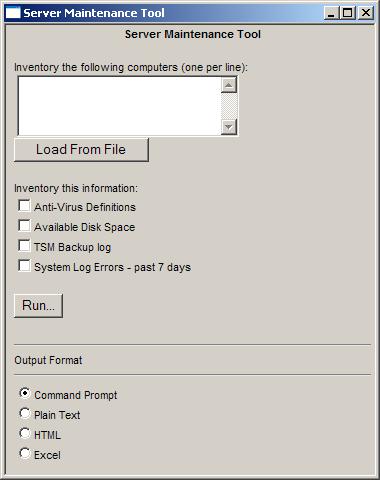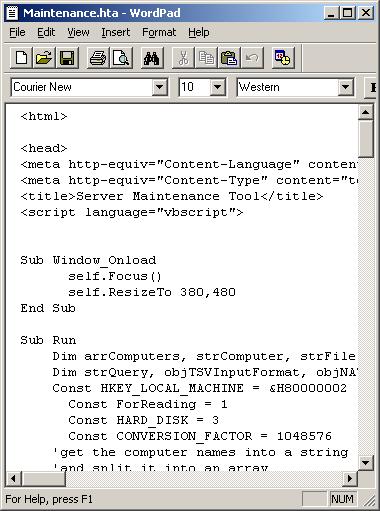Powershell-Download 5.1, 5.0, 4.0, 3.0, 2.0
PowerShell version 5.1 (January 2017) is now available in final form for our greatest happiness.
The program of festivities many new features such as workflows, web console (PowerShell Web Access), the graphic editor with intellisense ISE and increased execution speed as compared to previous versions.
Supported OS: Windows Server 2008 SP2 (32 and 64 bit), Windows Server 2008 R2 SP1 and Windows 7 SP1. Of course this version is part of Windows Server 2012 and Windows 8 (Windows 8 RT included).
Windows Management Framework 5.1
Windows Management Framework 5.0
Windows Management Framework 4.0
Windows Management Framework 3.0
Windows PowerShell 3.0 SDK Sample Pack
Windows PowerShell 2.0 Software Development Kit (SDK)
WMF 4.0 actually includes a bunch more than just PowerShell 4.0, but most will be downloading this latest release specifically for the new cmdlets and functionality that PowerShell 4.0 offers. However, here's everything that is included in WMF 4.0:
- Windows PowerShell
- Windows PowerShell ISE
- Windows PowerShell Web Services
- Windows Remote Management (WinRM)
- Windows Management Instrumentation (WMI)
- Server Manager WMI provider
- Windows PowerShell Desired State Configuration (DSC)
Download WMF 4.0 here: Windows Management Framework 4.0 P.S. WMF 4.0 also requires Microsoft .NET 4.5 be installed first. You can get that here: microsoft .net framework 4.5
Older Version of Powershell>
Download Powershell 1.0 for windows XP. http://www.microsoft.com/en-in/download/details.aspx?id=7217
you can go for powershell 2.0 for XP.
http://www.microsoft.com/en-us/download/details.aspx?id=16818
PowerShell version 2.0 shipped with Windows 7 and with Windows Server 2008 R2,
The release of PowerShell 2.0 with Windows Management Framework on Windows XP, Windows Server 2003,
Windows Vista, and Windows Server 2008.
I just want the new PowerShell. link saying PowerShell 2.0 was available for XP.
You MUST manually uninstall powershell 1.0 for 2 to install correctly.
if you try to uninstall powershell 1.0 from add remove programes (show
updates), I get message this:
What is the impact of removing those two KB updates ?
If Windows Powershell (TM) 1.0 is removed , these programs might not run
properly. Do you want to continue ?
Windows Powershell (TM) 1.0 MUI pack
Security Update for Windows XP KB971633
Security Update for Windows XP kB973346
It is OK to ignore that. I think the impact is negligible.
Download PowerShell 2.0 Community Technology Preview (CTP)
So you want to be the first on the block to start working with PowerShell 2.0 CTP? Here is the information regarding the Technology Preview release and links (bottom of page) to download.
From the Microsoft Site:
Brief Description
Overview
Selected New Features in Windows PowerShell 2.0 CTP
(Please refer to Release Notes and Help topics for more details)
After you install this product, you might have to restart your computer.
Download and Install PowerShell 1.0.
System Requirements:
- Windows 2003 Server Family w/Service Pack 1 or greater
- Windows XP w/Service Pack 2
- Microsoft .NET Framework Version 2.0 (Version 2.0.50727) - Click here to download and install .NET 2.0. For the 64-bit edition click here.
If you are running Windows Vista and PowerShell RC1 (Release Candidate), PowerShell RC2 is available (English-US edition only) for Vista and Longhorn (server code name for Windows 2008 Server). More Detail available here. Note: You must uninstall RC1 or installation of RC2 will fail.
VMWare VI Toolkit 1.0 Beta (for PowerShell)
VMWare launches the beta release of the VI Toolkit. I'm actually excited about this release as I manage a large ESX environment with over 100 VMs. The VI Toolkit provides 102 custom cmdlets written for ESX and VirtualCenter. So what can I do with these new cmdlets?
Snapshot all of your virtual machines at once with a script like:
Get-VM | % { New-Snapshot -VM $_ -Name ($_.name + "-current") }
Automate long-running tasks like cloning using a script like:
foreach ($i in 1..30) { Get-Template "My Template" | New-VM -Name "Clone $i" }
Disconnect connected CD-ROM drives (to enable VMware VMotion, for example) using a script like:
Get-VM | Get-CDDrive | `
? { $_.ConnectionState.Connected -eq "true" } | `
Set-CDDrive -Connected:$false -Confirm:$false
Documentation provided:
- VI API .Net Namespace Reference
- VI Toolkit Cmdlets Reference
Documentation location (default install): C:\Program Files\VMware\Infrastructure\VIToolkitForWindows
Click to Download the VMWare VI Toolkit
PowerShellASP
I can't tell you how excited I am about PowerShellASP, but I will... While making the transition from VBScript to PowerShell there were two pieces of functionality that I could not live without; HTML Applications (HTA) and Dynamic .ASP web pages. This functionality allows me to distribute VBScripts wrapped in an application or as a web page. I'm able to (and still do) write code that is utilized by clients who have no scripting or programming background, like my mom!
Let me show you an example of what an HTA is so that you get a better picture
HTML Applications
This is my Server Maintenance HTML Application Tool:

And here is a snippet of the code behind the scenes, notice that the VBScript code is wrapped in HTML:

Basically an HTA is Internet Explorer with all the tool bars stripped out, looks just like a windows form application (okay close...).
What a great way to distribute your VBScript as a simple application. Distributing PowerShell scripts in the same fashion requires a .NET class called the Forms Class (Systems.Windows.Forms). We are starting to see Form editors for PowerShell emerge on the market, the most well know being the AdminScriptEditor(ASE). But what about using PowerShell for dynamic web pages?
ASP
Dynamic web pages require some type of programming language to make them... well, dynamic! The language I use as an administrator is VBScript. Here is a simple web page that allows you to enter a computer name to check that the Anti-virus engine and dats are up-to-date.
Web Tool I know, not much to look at but it's functional. The point is... I don't have to distribute HTAs or PowerShell Windows Forms all over the place, I can centralize my tools on a website. Administrators in the organization can utilize this page and check their systems. So needles to say I was a bit disapointed that PowerShell was not supported in .ASP. Now that has finally changed and it was not Microsoft who came up with the answer...
PowerShellASP
From their site:
PowerShellASP is an ASP-like template language for Web Applications; templates contain a mixture of markup (HTML, XML or whatever you want to generate) and inline PowerShell code. At runtime, templates/pages are fully translated to PowerShell code and executed as a single unit inside a PowerShell pipeline, with the results sent to the client browser.
PowerShellASP runs off the ASP.NET platform, implemented as a custom IHttpHandler mapped to *.ps1x files. Because of this, you can mix PowerShellASP pages alongside any ASP.NET application. This provides a great way to leverage PowerShellASP inside your existing applications as needed or you can create complete applications from scratch based only on *.ps1x pages.
See you in next tutorials!!